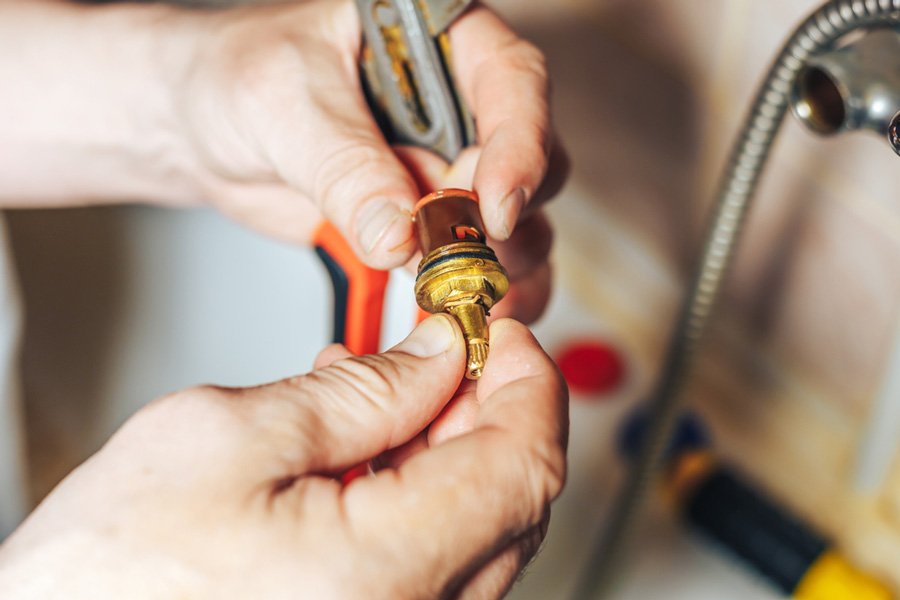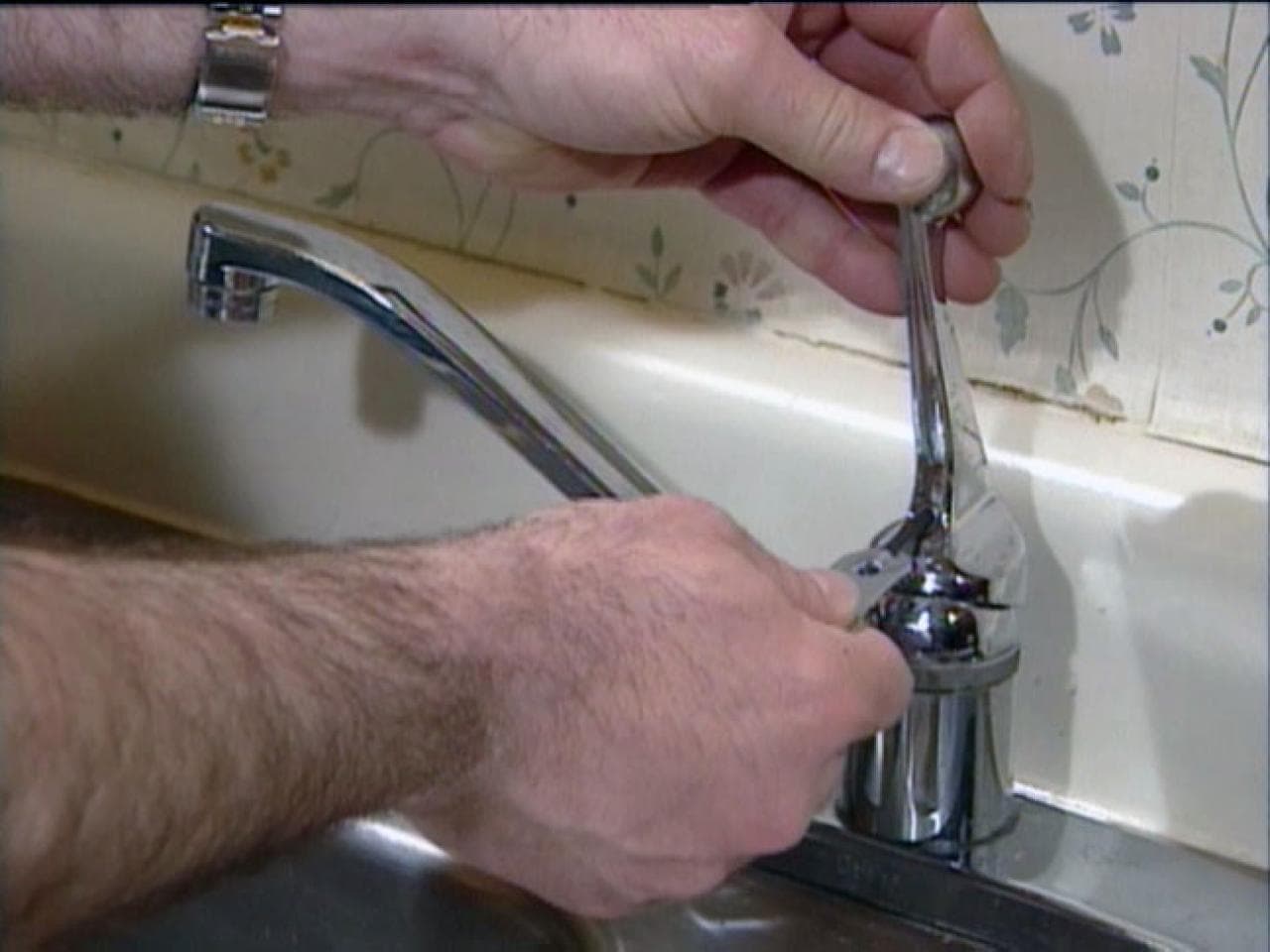Uncovering the Importance of Correcting a Broken Faucet
Uncovering the Importance of Correcting a Broken Faucet
Blog Article
Do you find yourself interested in guidance about Why Are My Faucets Dripping (And Can I Fix It Myself)??

Dripping taps may seem like a small hassle, yet their influence goes beyond just the nuisance of the audio. From drainage to sustaining unneeded economic prices and wellness threats, overlooking a trickling faucet can bring about numerous effects. In this post, we'll explore why it's important to address this common house problem quickly and effectively.
Wastefulness of Water
Environmental Impact
Leaking faucets add significantly to water waste. According to the Environmental Protection Agency (EPA), a solitary faucet trickling at one drip per second can lose greater than 3,000 gallons of water annually. This not just strains water sources however additionally influences environments and wildlife based on them.
Step-by-Step Guide to Taking Care Of a Dripping Tap
Tools Needed
Prior to attempting to repair a dripping tap, gather the needed tools, including an adjustable wrench, screwdrivers, substitute parts (such as washing machines or cartridges), and plumber's tape.
Usual Faucet Issues and Their Solutions
Recognize the sort of tap and the details problem triggering the drip. Typical problems include damaged washers, rusty shutoff seats, or defective O-rings. Describe producer guidelines or on-line tutorials for step-by-step guidance on fixings.
Financial Expenses
Increased Water Costs
Past the ecological effect, dripping faucets can inflate water costs considerably. The gathered wastefulness gradually equates into higher energy expenditures, which can have been avoided with prompt repair services.
Potential Residential Property Damages
In addition, extended dripping can cause harm to fixtures and surfaces surrounding the faucet. Water buildup can create staining, corrosion, and also structural issues if left ignored, causing added fixing costs.
Health Worries
Mold And Mildew and Mold Development
The continuous visibility of moisture from a leaking tap creates an excellent atmosphere for mold and mildew and mildew growth. These fungis not only compromise interior air quality yet also position health risks, particularly for individuals with respiratory system problems or allergies.
Waterborne Diseases
Stagnant water in dripping taps can end up being a breeding place for germs and other pathogens, boosting the risk of waterborne diseases. Pollutants such as Legionella germs grow in stagnant water, possibly bring about severe diseases when consumed or breathed in.
DIY vs. Specialist Repair
Advantages and disadvantages of Do It Yourself Fixing
While some may try to fix a trickling faucet themselves, DIY repairs come with their very own collection of difficulties. Without correct understanding and tools, do it yourself attempts can intensify the concern or cause incomplete fixings, extending the problem.
Advantages of Hiring a Specialist Plumber
Hiring a specialist plumber guarantees that the underlying source of the leaking tap is resolved efficiently. Plumbers possess the expertise and devices to identify and fix tap concerns successfully, conserving time and reducing the threat of more damages.
Environmental Responsibility
Individual Payment to Conservation
Taking responsibility for fixing dripping faucets aligns with more comprehensive efforts toward water preservation and environmental sustainability. Every person's actions collectively make a considerable effect on preserving precious sources.
Lasting Living Practices
By prioritizing punctual repair work and taking on water-saving practices, individuals add to sustainable living practices that profit both present and future generations.
Preventive Measures
Normal Maintenance Tips
To stop leaking taps, do routine maintenance such as cleansing aerators, checking for leakages, and replacing damaged parts immediately. Additionally, think about mounting water-saving devices or updating to more effective components.
Significance of Prompt Fixes
Addressing dripping faucets as quickly as they're seen prevents additional water waste and prospective damage, eventually conserving both water and cash in the future.
Impact on Property Worth
Understanding of Well-Maintained Home
Maintaining a building in good condition, consisting of attending to maintenance issues like trickling taps, improves its perceived worth and charm among potential customers or renters.
Influence on Resale Worth
Residences with well-maintained plumbing components, including taps, command higher resale worths in the real estate market. Attending to dripping taps can add to a positive impression throughout residential or commercial property examinations and negotiations.
Final thought
Addressing a dripping faucet surpasses plain convenience; it's a necessary action towards conserving water, reducing monetary expenses, and safeguarding health and home. Whether with do it yourself repair services or specialist help, doing something about it to deal with trickling faucets is a little yet impactful way to promote liable stewardship of sources and add to a healthier, extra sustainable future.
How to Fix a Leaky Faucet: Step-by-Step Repair Guide
A leaky faucet may seem like a simple annoyance, but if it's not fixed promptly, that leak could cost hundreds to potentially thousands. From water damage to mold, mildew, and high water bills, even a tiny leak can be catastrophic if left unattended. Damage like this can even affect the overall value of your home, so it's important to take the right approach for leaky faucet repair. You may need the help of a plumber in some cases, but we've got a few tips you can try on how to fix a leaky faucet before calling the pros.
Four Faucet Types
When you're learning how to fix a leaky faucet, the first step is knowing what kind of faucet you're working with! There are four common types.
Cartridge Faucets
Cartridge faucets come in one- or two-handled varieties. In one-handled cartridge faucets, hot and cold water combines in a single cartridge. In the two-handled versions, hot and cold water are controlled separately and mixed in the faucet.
Ball Faucets
Ball faucets have a single lever you push up and down to adjust the pressure and rotate to change the temperature. A slotted metal ball controls the amount of water allowed into the spout.
Compression Washer Faucets
They're the oldest type of faucet, but they're still used in many homes — especially older ones. Compression faucets have two separate handles that, when turned, raise or lower the washer that seals a water valve. This valve stops water from flowing through the faucet when it is turned off.
Disc Faucets
Disc faucets rarely need to be repaired due to their maintenance-free design. The water flow is controlled by two discs — the upper one raises and lowers against a fixed lower disc, creating a watertight seal. If your disc faucet starts leaking, you may need to replace the seals or clean residue buildup from the inlets.
Fixing a Leaky Faucet
Step 1: Turn Off the Water
Whether you're learning how to fix a leaky bathtub faucet or how to fix a leaky kitchen faucet, always turn off the water supply to your working area when you're fixing a leak. The last thing you want is a flood added to your list of things to fix.
Look for the shutoff valves below your sink or around the tub and turn them clockwise to stop the water flow. If your faucet doesn't have shutoff valves, you may need to turn off the water for the whole house. Check to make sure it's off by turning the faucet on. If nothing comes out, you're ready to start the repair.
Step 2: Take Apart the Faucet
How you disassemble your faucet depends on the type of fixture you have. You can use a flathead screwdriver to remove the caps on top of the handle or handles for cartridge and compression faucets. Inside, you should see handle screws. Unscrew these with a screwdriver to remove the handle.
Disc- and ball-style faucets will typically have an inlet screw near the handle, and removing that will reveal the interior of the faucet.
Detach the Valve Stem
For cartridge- and compression-style faucets, you'll see the inner valve stem or cartridge once you remove the faucet handles. If you have a compression faucet, unscrew the brass valve stem. If you have a cartridge faucet, pull out the cartridge. If your cartridge has been in place for a while, it may require some tools or extra force to remove it due to mineral deposits.
Examine and Replace Parts
Once you've removed the parts, check them out to confirm what needs to be replaced. You may see corroded rubber washers, O-rings, stems, or cartridges. On a ball-style faucet, check the seats and springs for damage.
If you need to repair a leaky disc faucet, check the inlet and seals on the lower disc.
Once you determine what parts must be replaced, visit your local hardware store. Bring the damaged parts with you to ensure you can purchase the correct components to replace them.
Clean Valves and Faucet Cavity
If you've removed a stem or cartridge, you may notice mineral buildup in the faucet's threads. Use white vinegar to clean the valve seat by soaking it for a few minutes, then scrub it away with a soft toothbrush and rinse with warm water. You can also clean the interior of the faucet in the same way.
Reassemble the Faucet
Once your faucet is cleaned and the required parts have been replaced, it's time to reassemble it. Put the pieces back together and slowly turn the water supply back on. Doing this slowly is crucial because too much initial water pressure can damage the new hardware you've just installed.
https://homewarranty.firstam.com/blog/how-to-fix-leaky-faucet

Hopefully you liked our piece on How to Fix a Dripping or Leaky Faucet . Thanks a ton for taking the time to read through our post. Loved our entry? Please quickly share it. Help somebody else locate it. We truly appreciate your readership.
Report this page